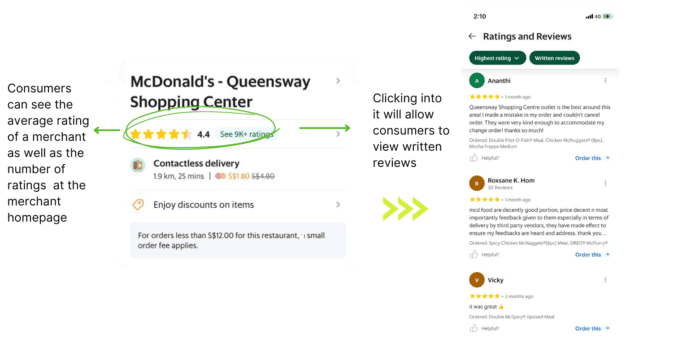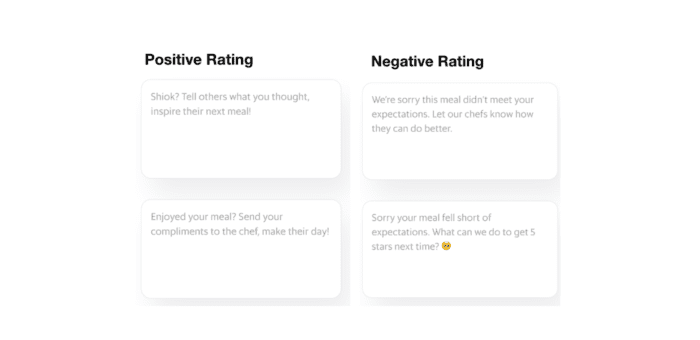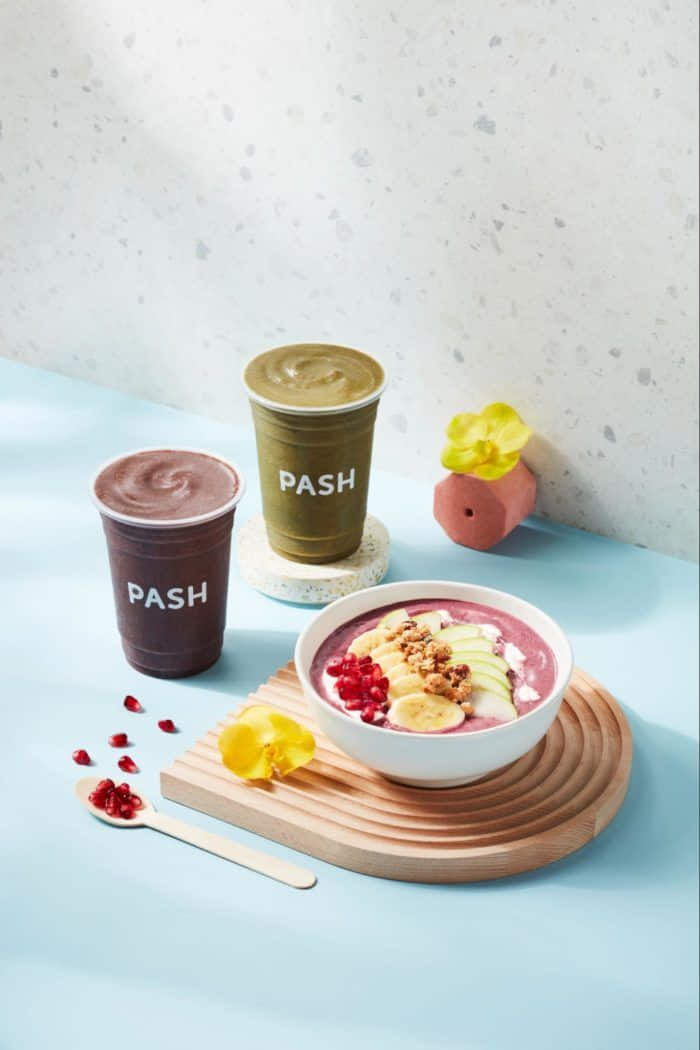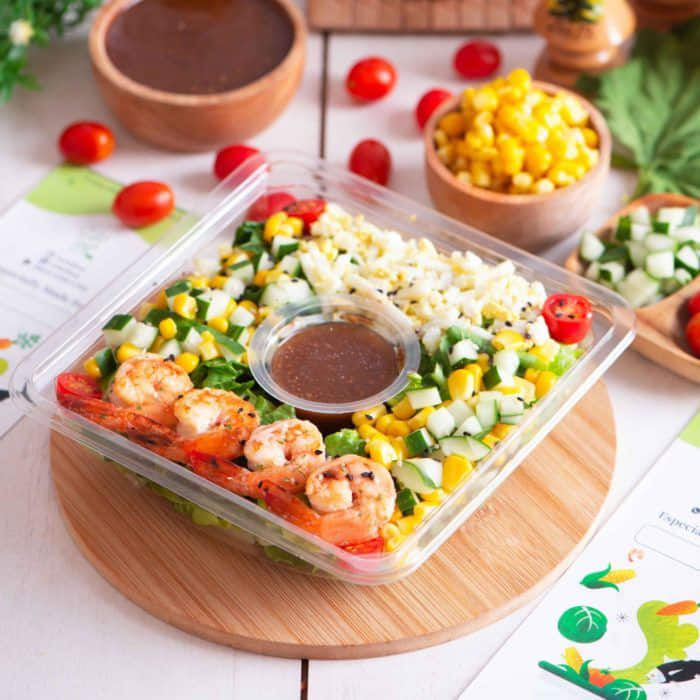More and more consumers are leaving reviews for food delivery, just as they do for online purchases.
Since we started allowing users to write reviews in 2022, we’ve collected 13.5 million GrabFood reviews to date.
Previously, users were only able to rate a merchant on a scale of 1 to 5. But we observed a trend of people relying on online reviews to make dining decisions, so we started allowing them to leave written feedback about their dining experience.
Watch: How GrabFood merchants have benefited from reviews and ratings
Other users can read these reviews and view merchant ratings. Restaurant operators can now also reply to reviews to show their appreciation or provide a resolution.
It helps restaurants get discovered
Merchant-partners tell us they want to be reviewed because it helps to increase visibility and bring more business in. When users browse on Grab, they can see right from the thumbnail the merchant’s average rating, as well as the number of ratings they’ve received.

The power of reviews is similarly observed in the e-commerce and hospitality space, where reviews are a strong factor swaying purchase decisions.
The volume and freshness of reviews matter, too. A Brightlocal survey from 2022 found that customers care about the number of reviews a business has, and want to see that reviews were left within the last half year ago.
GrabFood data corroborates this; we see that more users are reading reviews, and user sessions that read reviews had a 7 percentage point higher conversion rate than those that didn’t.
Currently, most of our active merchant-partners have at least one review. The team is testing different prompts sent to users to encourage them to leave word behind, and early experiments have shown an uplift in review activity. For instance, we started providing text prompts after consumers have rated a merchant to help them get started on writing a review.

Apart from written reviews, we are also exploring other ways to collect feedback from consumers. For instance, a breakdown of ratings at a more granular level to include taste, portion and packaging. The idea is to provide merchant-partners with more actionable insights.
We hope that building a rich repository of user-generated reviews and ratings will help improve the search and discovery experience for consumers and further boost conversion rates for our merchant-partners.
Welcoming customer feedback, good or bad
Food operators said they welcomed feedback from users because it has helped them to fine-tune their menus and services.
Yoga Kannan, owner of Malaysia-based banana leaf rice joint Kanna Curry, said that the reviews feature provides a platform for consumers to share their feedback with merchants—something which previously wasn’t possible for those who chose to dine from home.

“The thing about dine-in is that our customers can directly communicate with us,” said Kannan.
“But on the app, we don’t really have direct communication. So the only way is through reviews,” he added.
Over at Thailand-based smoothie chain Pash Juices, co-founder Vorapraj Chutintaranond said that they rely on customer reviews to gauge whether they get their recipes right.

He recounted an example where the outlet had replaced an ingredient in their blueberry smoothie that resulted in a watery—rather than creamy—consistency. They were able to rectify this thanks to feedback from customers.
“Without the reviews feature, you won’t hear from the customer again,” said Chutintaranond.
Through reviews, they also found out that the introduction of paper straws was an unpopular decision among consumers.
Customers of Pash Juices said that the paper straws were too flimsy to pierce through the plastic lid. This prompted the smoothie bar to switch to biodegradable plastic straws.
Positive customer reviews give them the assurance that their products are consistent while negative ones play an important role in helping them to improve, said Chutintaranond.
For Salad Hut, the reviews from customers have helped to improve some of their operational capabilities.

When customers flagged missing or wrong items being packed, Salad Hut found a quick fix to solve the issue. They put up reminders near the food pick-up spot to remind their staff to check orders thoroughly before handing them over to the delivery-partners.
“Every month, we would make a list of the negative reviews and make plans to fix any issues,” said Salad Hut owner Alan Darma Saputra.
3 Media Close,
Singapore 138498
Komsan Chiyadis
GrabFood delivery-partner, Thailand
COVID-19 has dealt an unprecedented blow to the tourism industry, affecting the livelihoods of millions of workers. One of them was Komsan, an assistant chef in a luxury hotel based in the Srinakarin area.
As the number of tourists at the hotel plunged, he decided to sign up as a GrabFood delivery-partner to earn an alternative income. Soon after, the hotel ceased operations.
Komsan has viewed this change through an optimistic lens, calling it the perfect opportunity for him to embark on a fresh journey after his previous job. Aside from GrabFood deliveries, he now also picks up GrabExpress jobs. It can get tiring, having to shuttle between different locations, but Komsan finds it exciting. And mostly, he’s glad to get his income back on track.

